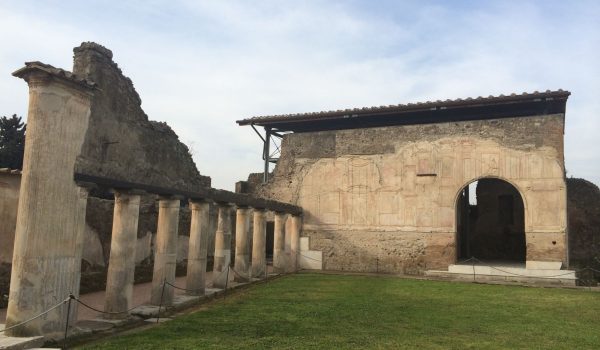Monika Trümper (Freie Universität Berlin)
APP Contact Person Antonino Russo
The Freie Universität Berlin, in cooperation with the University of Oxford and the Technische Universität Darmstadt, has conducted research into the Republican and Stabian Baths in Pompeii, in order to reconstruct the development of the two baths, and understand how the systems for water collection and drainage as well as the heating system worked.
The excavations in the Stabian Baths revealed no traces of an archaic fortification in the area. The baths were built in the 2 nd century B.C.. They were mainly developed in four phases reaching their current preserved state which is still based on the original plan dating back to the first phase. The laconicum was added during the second phase, the frigidaria and the water supply system via aqueducts were introduced during the third phase, and the west wing of the baths, with the natatio and nymphaea, was added during the final phase.
The excavations in the Republican Baths enabled the gathering of important information about Pompeii's urban development, seeing as the entire area seems to have been occupied ever since the Archaic period. The baths were built during the 2 nd century B.C. on an area previously occupied by industrial plants. The building was remodelled twice, perhaps showing the effort constructors made in adapting to new technological standards. In spite of this, the building was abandoned by the end of the 1 st century B.C. and was merged with the adjoining House of Lime to become its second garden. During the last phase, just before the 79 A.D. eruption, the whole area appears to have been reconverted into a sort of warehouse where construction materials were extracted and selected.


